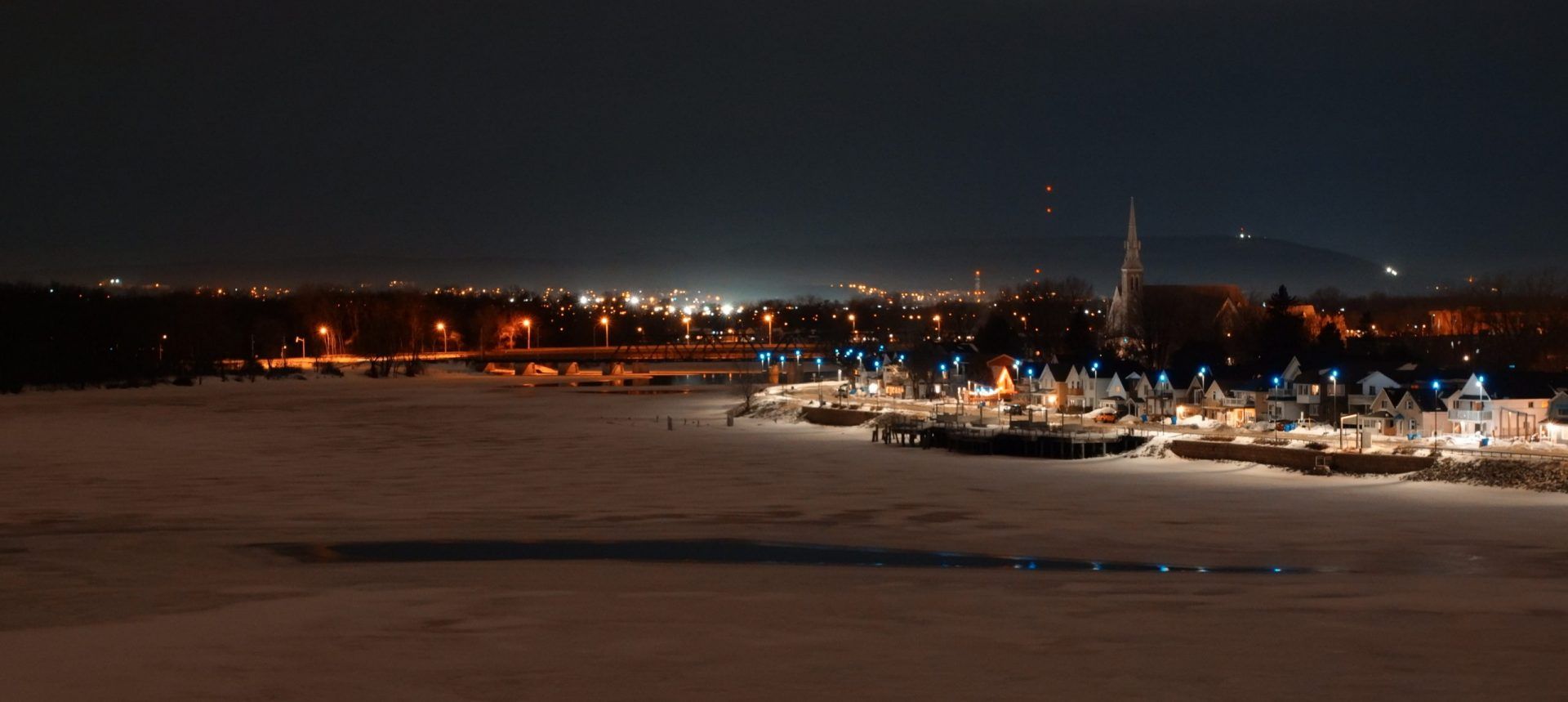The article below is a case study of a particular young girl who’s father had poured acid on her and fed her acid as a very young girl for, well for being a girl. As the main chronicler for VTB I am used to reading and posting about a great deal of horror. Hoping of course to show how much of it exists primarily in the Islamic world and more importantly, how its policy there often as opposed to criminal exceptions to the laws of society. However this article got to me because of one line in it which refers to an ‘Acid Survivors Foundation’ in Bangladesh.
Yes it is tempting to make some droll hippie reference here but Ill let it pass for the main issue. An institution actually exists to help deal with the large number of women and children who have been tortured by ACID on their skins mouths and ears and eyes. That there has to be a special facility and trained staff to cope with this as it is such a large problem. As you can see from numerous other articles here on VTB and elsewhere, this issue is not limited to Bangladesh but is common throughout the Islamic world with Pakistan and Afghanistan being the most widely reported. While it was nice of Ben Ki Moon to mention abuse of women around the world, he was conspicuously silent on large parts of the world where torture abuse and murder of women is in fact not the exception but codified as legal and often recommended. The Islamic world.
The lack of massive and strident outrage from feminist groups I must say, makes me absolutely sick. Below please find this article from Yahoo News:
Bangladesh women, children bear scars of acid attacks
by Julie Clothier Julie Clothier – Sun Mar 8, 4:30 am ET
<AFP/File – Nine-year-old Bably Akter’s father fed and dropped acid on parts of her body when she was a baby …
DHAKA (AFP) – At first glance, Bably Akter looks like any other nine-year-old Bangladeshi girl, dressed in a brightly coloured pink and turquoise skirt and top trimmed with silver sequins.
A matching headband conceals her left ear, badly deformed and the only obvious sign she is the victim of an acid attack, a practice rampant in the impoverished country, used mainly in domestic disputes and against women and children.
As her mother, Parul, recounts the story of how Bably’s father put drops of acid on different parts of her body every day for five days when she was a baby, the little girl lifts her skirt to reveal a large scar on her legs and feet.
“Her father wanted a son. He’d been violent towards me before Bably was born but it was not until day five, when he actually fed her acid I realised something was seriously wrong,” Parul, 26, said.
She complained to the police but charges were never laid.
“We ran away and spent two years at the Acid Survivors’ Foundation (ASF) hospital where Bably had a lot of plastic surgery on her mouth. She still needs more operations.”
With her broad grin and her love of dancing, Bably speaks about her dreams of one day becoming a doctor to help others in the South Asian nation.
“She says she doesn’t remember what happened but sometimes she cries for no reason. Her speech is a little bit impaired and she gets teased at school,” Parul said.
The Dhaka-based ASF says most victims of acid attacks bear obvious physical scars, which make them pariahs. Bably is one of the lucky ones.
Efforts in Bangladesh in recent years to curb the practice mean cases are slowly declining, but human rights campaigners say acid remains too easy to buy.
“Acid throwing is rampant in the southern and northern parts of Bangladesh where it is used for dying the fishing nets and in the handloom industry,” said ASF doctor Imtiaz Bahar Choudhury.
Last year 179 people — three-quarters of those women and children — were victims of acid violence in Bangladesh, with 20 cases already recorded for 2009, according to the ASF.
The most common reasons for the attacks are disputes over property and dowry payments, and unrequited love where spurned suitors try to disfigure women who reject them.
UN Secretary General Ban Ki-moon said this week one woman in five around the globe has been a victim of rape or attempted rape, and that in some countries one woman in three has been beaten or subjected to some kind of violent act.
“Violence against women is an abomination. I’d like to call it a crime against humanity,” Ban said ahead of International Women’s Day on Sunday.
The last major study into domestic violence in Bangladesh found that about 60 percent of women had been physically or sexually abused.
About 19 percent of those had experienced severe physical violence, defined as being hit with a fist or object, kicked or dragged, beaten up, choked, burnt, or threatened with a weapon.
Poverty, especially hunger, played a significant role in determining the degree and frequency of violence against women at home in Muslim-majority Bangladesh, where 40 percent of people live below the poverty line.
The theme of this year’s International Women’s Day on March 8 is “women and men united to end violence against women and girls.”

There’s also one in Uganda! I came across this by accident and immediately sent emails to my fam and friends…men included to raise awareness. I had noooo Idea. I almost started crying here at the computer! If it’s a marriage proposal….it means i have a choice right???? By attacking them when it’s declined means they had no choice! What kind of man can’t take no for an answer….it proves they see women as objects.